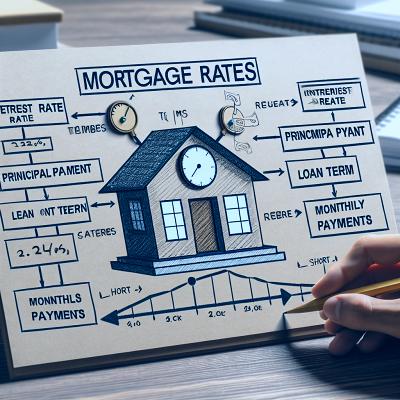
Introduction
Life insurance is a vital component of financial planning that provides a safety net for your loved ones in the event of your untimely demise. It is a contract between an individual and an insurance company, where the insurer promises to pay a sum of money in exchange for premiums. However, the intricacies of life insurance can often appear complex and daunting. In this article, we will break down the basics of life insurance and guide you through its various aspects.
What is Life Insurance?
Life insurance is a contract where an insurance company guarantees payment of a death benefit to named beneficiaries upon the death of the insured. The insurance policyholder pays premiums to the insurer in return for this protection. This provides financial support to the beneficiaries, helping them cover costs like funeral expenses, mortgage payments, or outstanding debts after the policyholder's death.
Types of Life Insurance
There are primarily two types of life insurance policies
term life insurance and permanent life insurance.
Term Life Insurance
This is the simplest and most affordable type of life insurance. As the name suggests, term life insurance covers you for a specific period, usually between 10 to 30 years. If the policyholder dies within this period, the insurer pays the death benefit to the beneficiaries. However, if the policyholder survives the term, the coverage ends without any value.
Permanent Life Insurance
Permanent life insurance provides lifelong coverage and has an investment component known as the policy's cash value. The premiums are typically higher than term life insurance. There are three main types of permanent life insurance
whole life, universal life, and variable life.
- Whole Life Insurance
This policy offers a guaranteed death benefit, fixed premiums, and a cash value component that grows over time.
- Universal Life Insurance
This policy offers flexible premiums, a death benefit, and a cash value component that can earn interest.
- Variable Life Insurance
This policy has a death benefit, variable premiums and a cash value component that can be invested in various sub-accounts, similar to mutual funds.
Why Do You Need Life Insurance?
Life insurance is about providing financial security for your loved ones after your death. Here are a few reasons why you might need life insurance
- Income Replacement
If you're the primary breadwinner, your death can leave your dependents without an income source. Life insurance can replace your income, helping your family maintain their lifestyle.
- Debt Repayment
Life insurance can cover any outstanding debts, like a mortgage or personal loans, relieving your family from the burden of repayment.
- Funeral Expenses
Funerals can be expensive. A life insurance policy can cover these costs, easing the financial strain on your family.
- Legacy Planning
Life insurance can be used to leave a financial legacy to your heirs or a charitable organization.
How Much Life Insurance Do You Need?
Determining the amount of life insurance you need depends on multiple factors, including your income, number of dependents, debts, and lifestyle. Generally, a rule of thumb is to have coverage that's 10-15 times your annual income. However, it's best to consult with a financial advisor or use an online life insurance calculator for a more accurate estimate.
Conclusion
Life insurance is a financial tool designed to protect those who depend on you for financial support. While the thought of needing life insurance can be unsettling, it's an important step towards securing your loved ones' future. By understanding the basics outlined in this article, you can make an informed decision that best suits your needs and those of your family. It's never too early or too late to start planning for the unexpected.
Remember, the best life insurance policy is one that fits your budget and meets your financial goals. So, take the time to evaluate your options carefully and choose wisely.



















